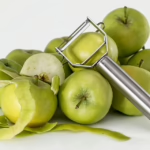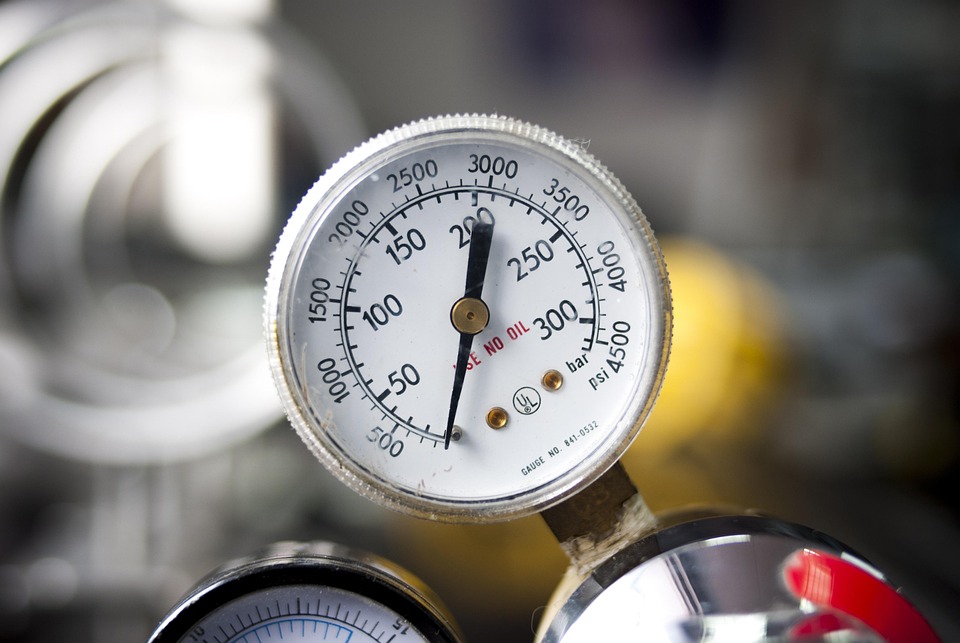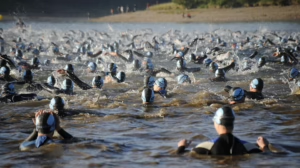The Healing Touch: A Comprehensive Guide to Pressure Point Techniques
Introduction
In a world increasingly focused on holistic health and wellness, the importance of touch therapy has surged in popularity. One of the most profound methods of healing through touch is the use of pressure point techniques. This guide aims to delve into the art and science of pressure point practices, offering detailed insights into their historical context, the modalities involved, and practical applications for everyday healing.
Chapter 1: Understanding Pressure Points
1.1 Definition
Pressure points, also known as acupoints or trigger points, are specific locations on the body that, when stimulated, can induce significant changes in physiological and psychological states. These points are central to various modalities, including acupuncture, acupressure, and trigger point therapy.
1.2 Historical Context
Pressure point techniques have roots in ancient healing traditions. For instance, Traditional Chinese Medicine (TCM) has utilized acupuncture for over 2,500 years. Similarly, Ayurvedic practices have recognized the importance of pressure points, linking them to the body’s energy pathways, or meridians.
1.3 The Science Behind Pressure Points
Recent studies have provided evidence that stimulating certain pressure points can trigger the body’s natural healing mechanisms. Neurotransmitter release, improved blood circulation, and enhanced lymphatic drainage are just a few of the benefits associated with these practices.
Chapter 2: Types of Pressure Point Techniques
2.1 Acupuncture
What It Is
Acupuncture involves inserting fine needles into specific acupoints to stimulate energy flow. It is thought to balance the body’s Qi (pronounced “chee”) and restore health.
Benefits
Research suggests that acupuncture can effectively alleviate pain, reduce stress, and improve overall well-being.
2.2 Acupressure
Definition
Acupressure uses manual pressure instead of needles. Practitioners apply pressure using their fingers, palms, or elbows on targeted points.
Applications
Acupressure can be used for various ailments, including headaches, nausea, and muscle tension.
2.3 Trigger Point Therapy
Overview
Trigger points are hyper-irritable spots in muscles that can refer pain to other areas. Trigger point therapy involves applying pressure to these points to alleviate pain.
2.4 Shiatsu
Characteristics
Shiatsu is a Japanese form of acupressure that combines various techniques, such as stretching and joint mobilization, with pressure point work.
2.5 Other Modalities
- Reflexology: Focuses on pressure points in the feet and hands, corresponding to different body organs.
- Tui Na: A Chinese therapeutic massage that incorporates acupressure.
Chapter 3: The Anatomy of Pressure Points
3.1 Location of Key Pressure Points
Understanding where to find key pressure points is crucial for effective treatment. While there are over 350 recognized points in the body, a few of the most commonly used include:
-
LI4 (Hegu): Located between the thumb and index finger, this point alleviates headaches and stress.
-
PC6 (Neiguan): Positioned on the inner forearm, this point is useful for nausea and anxiety.
-
ST36 (Zusanli): Found just below the knee, it is known for boosting energy and improving digestion.
3.2 Techniques for Locating Points
To locate pressure points accurately, practitioners often use anatomical landmarks and palpation techniques.
- Palpation: Feel for tight spots in muscles.
- Visual Reference: Use diagrams to guide your search.
Chapter 4: Step-by-Step Techniques for Pressure Point Stimulation
4.1 Basic Techniques
-
Applying Pressure:
- Use your fingertips, thumbs, or palms.
- Begin with light pressure, then gradually increase.
-
Duration:
- Hold for 30 seconds to 2 minutes.
- Monitor the body’s response.
-
Breathing:
- Breathe deeply to enhance relaxation.
4.2 Advanced Techniques
-
Massage:
- Combine pressure with circular movements.
-
Stretching:
- Integrate stretches while applying pressure to enhance efficacy.
Chapter 5: Practical Applications
5.1 Self-Care Techniques
Understanding pressure point techniques allows individuals to perform self-care—essential for maintaining wellness.
Example Techniques:
-
For Headaches: Press LI4 for relief.
-
For Nausea: Apply pressure on PC6 before traveling.
5.2 Incorporating Pressure Points in Everyday Life
-
At Work: Use acupressure techniques to relieve stress during breaks.
-
At Home: Practice self-massage in the evening routine.
Chapter 6: Safety and Considerations
6.1 Contraindications
Certain conditions may make pressure point techniques unsafe, including:
- Blood clot disorders
- Pregnancy
- Certain skin conditions
6.2 When to Seek Professional Help
If pain or discomfort persists despite self-treatment, consult a qualified practitioner for assessment.
Chapter 7: The Future of Pressure Point Techniques
7.1 Integrative Practices
The incorporation of pressure point techniques within holistic healthcare settings is on the rise.
7.2 Research and Development
Continued scientific exploration into the effectiveness of these techniques will likely reveal even more benefits.
Chapter 8: Conclusion
Pressure point techniques serve as a significant avenue for self-healing and holistic wellness. By understanding and utilizing these techniques, individuals can empower themselves to take charge of their health, alleviate discomfort, and enhance their quality of life.
References
- Maciocia, G. (2002). The Foundations of Chinese Medicine. Churchill Livingstone.
- Ernst, E. (2006). Acupuncture: A Scientific Appraisal. Lincolnshire: ICM Press.
- Liu, Y. (2010). Acupressure for Beginners. Advanced Publishing.
- Chaitow, L. (2010). Clinical Application of Neuromuscular Techniques. Elsevier Health Sciences.
This comprehensive guide provides a foundation for understanding pressure point techniques, allowing readers to explore and apply these principles for their well-being. By integrating these practices into daily life, we pave the way for better health outcomes in our personal journeys.


























Add Comment